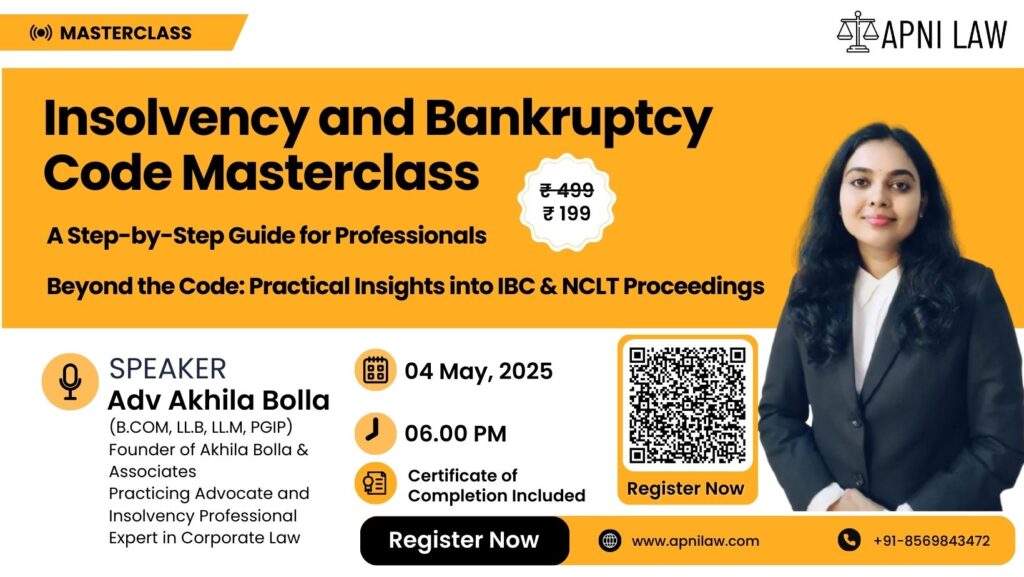Index
- What Is The Information Technology Act, 2000?
How To File A Case Under The Information Technology Act?
What Is The Information Technology Act, 2000?
The Information Technology Act, 2000 (IT Act) is a significant legislation in India that addresses cybercrime and electronic commerce.
- The IT Act was enacted by the Indian Parliament and came into effect on October 17, 2000.
- It aims to provide legal recognition for electronic transactions, facilitate e-governance, and combat cybercrime.
- The Act grants legal validity to electronic signatures and documents.
- It defines various cybercrimes and prescribes penalties for offences such as hacking, data theft, and publishing obscene material electronically.
- The Act was amended in 2008, introducing provisions like Section 66A, which was later struck down by the Supreme Court in 2015 for being unconstitutional.
The IT Act consists of 13 chapters and 94 sections, covering topics such as:
- Digital signatures
- Cyber offences and penalties
- The establishment of certifying authorities
- Provisions for the regulation of intermediaries
How To File A Case Under The Information Technology Act?
To file a case under the Information Technology Act, 2000 in India, follow these steps:
Step 1: Identify the Appropriate Adjudicating Officer
Determine the Adjudicating Officer for your state or union territory. The list of Adjudicating Officers is available on the Ministry of Electronics and Information Technology (MeitY) website. Reach out to the relevant Adjudicating Officer’s office for guidance on filing your complaint.
Step 2: Gather Evidence
Collect all relevant evidence, including screenshots, emails, and any other documentation that supports your claim of a contravention under the IT Act. This evidence will be crucial for the Adjudicating Officer to evaluate your case.
Step 3: Draft the Complaint
Prepare a complaint on plain paper, including:
- Your name, email, and contact information
- The respondent’s details
- Description of the contravention
- Date and place of the incident
- Brief facts of the case
- Amount of damages claimed
Proforma
Step 4: Fill the Proforma
Use the following proforma for your complaint:
- Complainant Details: Name, email, phone, address.
- Respondent Details: Name, email, phone, address.
- Damages Claimed: Specify the amount.
- Fee Details: Include demand draft information.
- Nature of Complaint: Specify the section under which you are filing.
- Brief Facts: Summarise the incident.
Step 5: Pay the Filing Fee
Calculate and pay the appropriate fee based on the damages claimed. Fees vary according to the amount, from 10% of the claimed damages for amounts up to ₹10,000, to a flat ₹5,000 plus 2% of the amount exceeding ₹1,00,000.
Step 6: Submit the Complaint
File the complaint with the Adjudicating Officer, either online through their designated portal or in person at their office. Ensure you have all the necessary documents, including the complaint, evidence, and proof of fee payment.
Step 7: Attend the Hearing
Once your complaint is filed, you will receive a notice for a hearing. Attend the hearing with all evidence and be prepared to present your case before the Adjudicating Officer. The notice will contain details about the alleged contravention and the parties involved.
Step 8: Await the Decision
The Adjudicating Officer will review the case and issue a decision, which may include penalties or compensation. The decision will be based on the evidence presented, submissions made, and the provisions of the IT Act.












